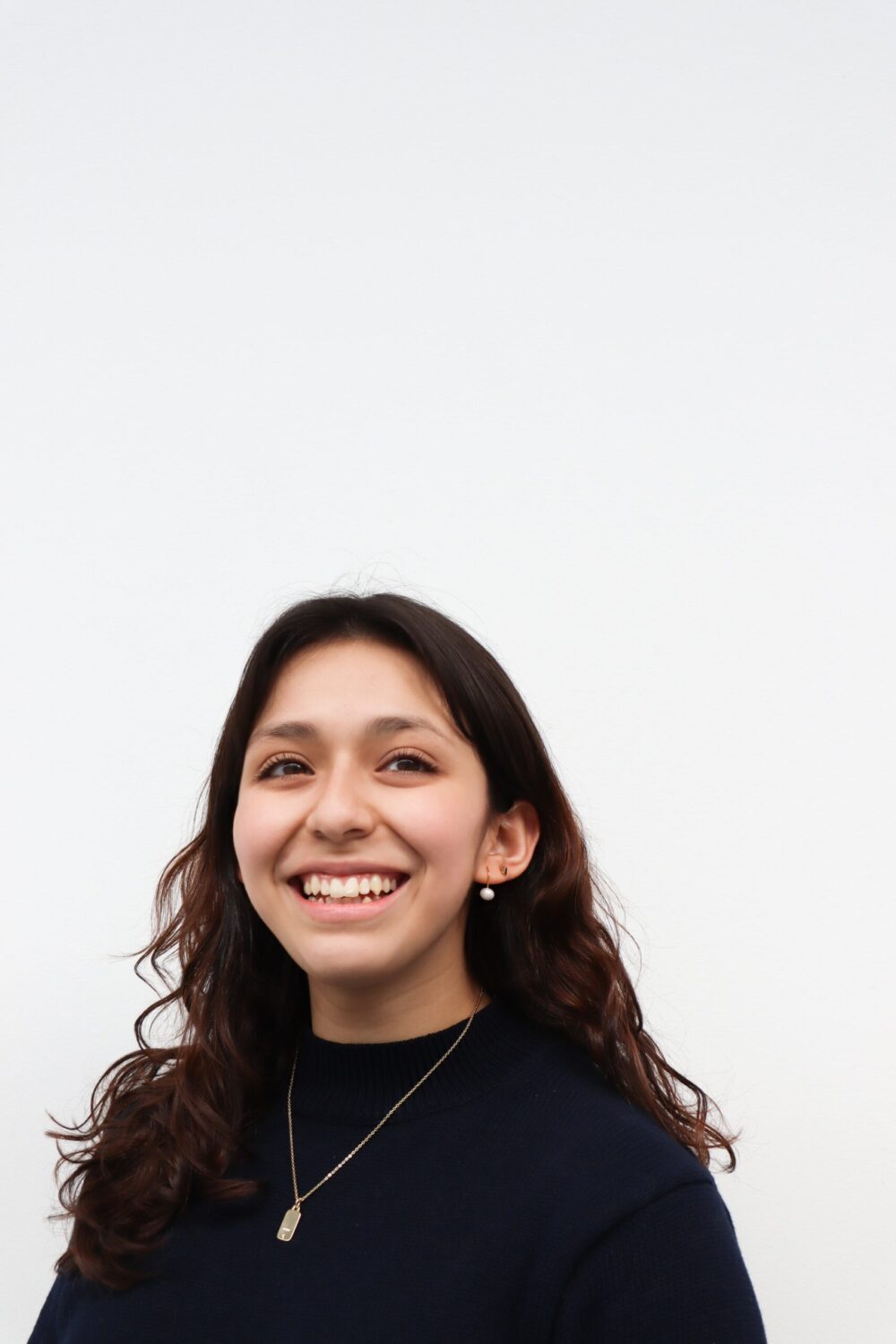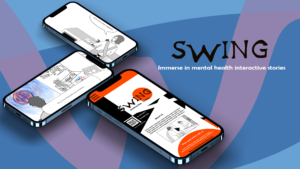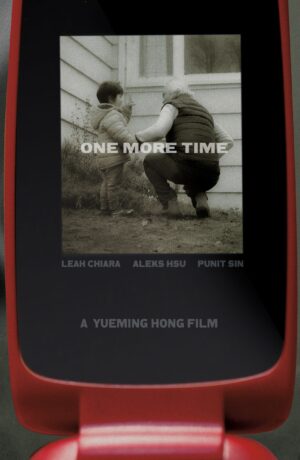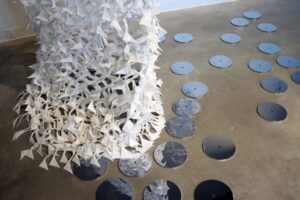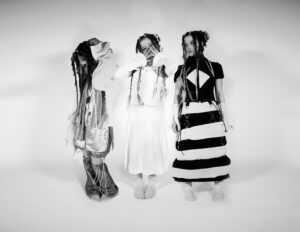Cascarā
Paula Torres Urzua
See it On Campus: Level 2
Visitor InfoReevaluating the way we see organic residues, by exploring the potential uses they may have
All the organic matter we do not consume can be reintroduced into the value chain if we give them the right treatment. The project seeks to reuse these organic residues and develop a sustainable material whose properties can be similar to the current synthetic textiles available in the market.


Cascara explores the different properties, textures, and colors as a way to embrace and communicate the
potential value of what is commonly seen as organic waste. With this project, we can appreciate the diversity of our natural resources and the synergy they can have when combining them to get the best out of every material.

Rather than presenting these materials as the future substitute for textiles currently being used, they were designed with the purpose of displaying the beauty of using such delicate and short-living resources by creating a strong and lasting message within the value and tangible potential there is in perishable and impermanent objects.











Final piece – Cascarā Dress





Model: Lucia Ponce
Cascarā: Bio-textiles compendium

As part of my project I wanted to share what I learned so that others can test and interact with the materials.
I appreciate people who share their previous knowledge on biomaterials. They laid the foundation to my work, and I would love to be part of that for the next one who wants to learn more about it.
As a result I made a bio-textiles compendium for sharing the knowledge I acquire during this project. Inside the book, you can find all the successful recipes I came up with during the semester, observations of each one of them; material preparation, and some applications regarding what you can create with Cascarā.
Making Process
Laser Cutting






Special thanks to my mentors:
Sophie Gaur, Keith Doyle, and Christian Blyt
And to our Technicians:
Joe, Marty, Brian, Renee and Trevor
